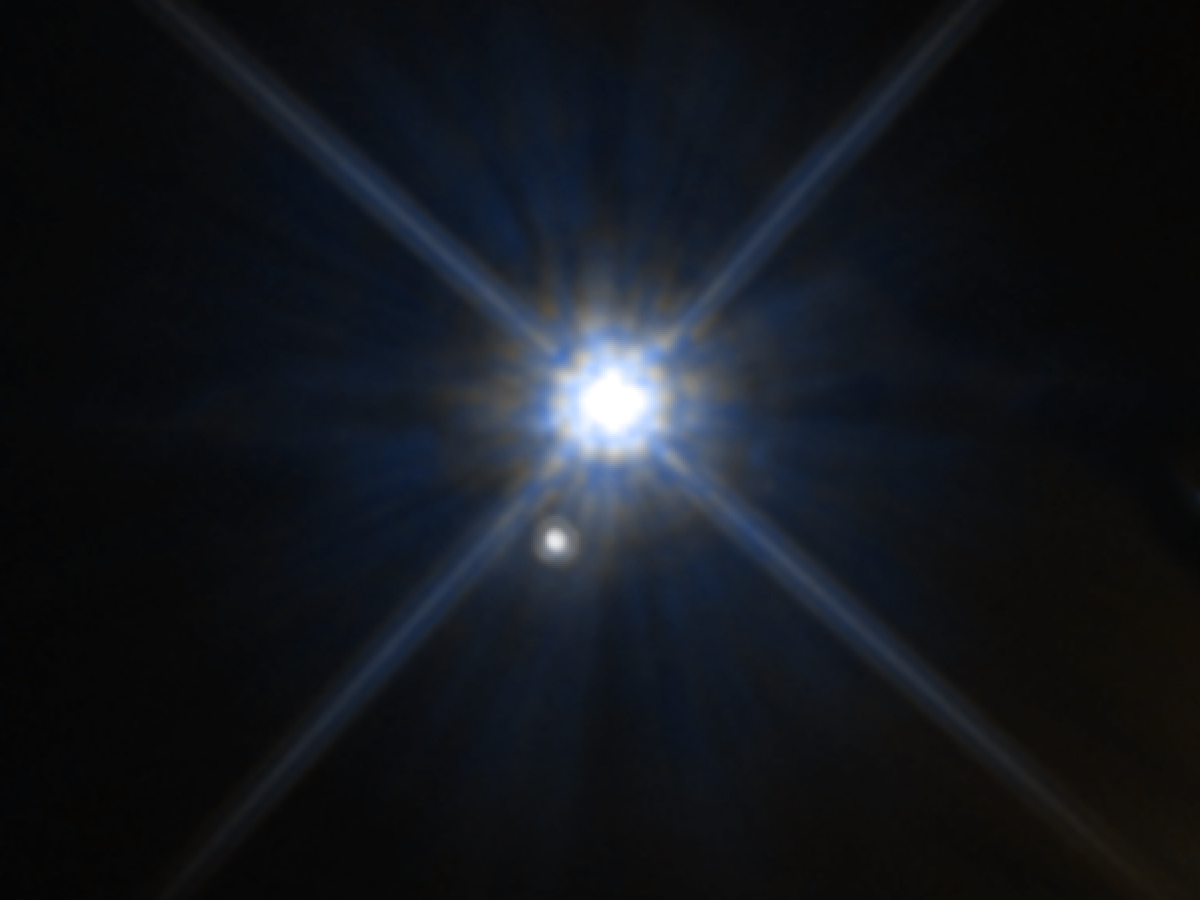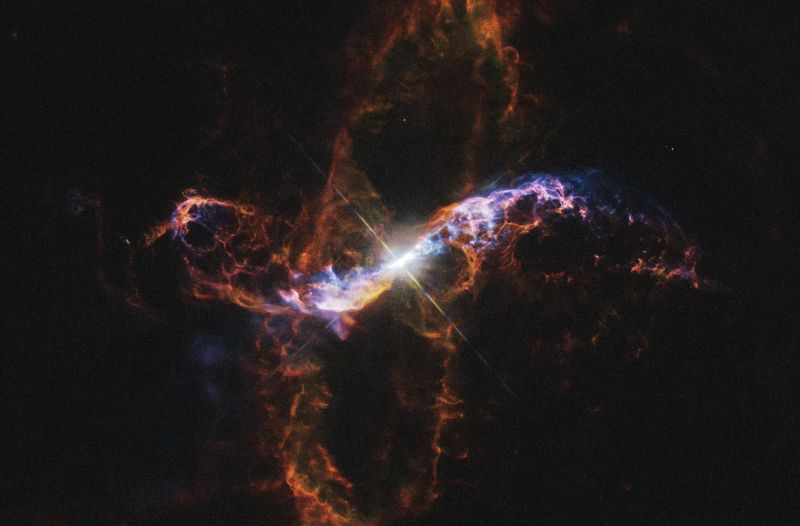Apparently not all supernovas work. And when they fail, they leave behind a half-chewed remnant, still burning from leftover heat but otherwise lifeless: a zombie star. Astronomers aren’t sure how many of these should-be-dead creatures lurk in the interstellar depths, but with recent simulations scientists are making a list of their telltale signatures so that future surveys can potentially track them down.
A Failed Chance
Stars die (as in, actually completely die) in a variety of magnificent ways. One way in particular is especially heartbreaking. When two stars are born together, one of the pair will naturally be a little bit larger than the other, due to complete random chance. Bigger stars fuse hydrogen at a higher rate, so they go through their life cycles faster: main sequence hydrogen burning, ballooning red giant, furious helium burning, beautiful planetary nebula, and white dwarf retirement.
The companion of the larger star watches this whole process unfold before eventually following in the footsteps of its stellar sibling. But by the time the second, smaller star itself swells to the red giant stage, sometimes the situation goes dangerously awry. Orbiting the now-smoldering white dwarf that was once a full-fledged star, material from the companion can spill onto the surface, building a thick helium atmosphere.
The white dwarf exists on the edge of a quantum knife, supported by a force known as degeneracy pressure. The only thing preventing it from further collapse is its low mass. Any more and the scales will be unfavorably tipped…which is exactly what happens when it sucks down material onto its surface from a companion. Once the white dwarf reaches a certain critical threshold, the carbon and oxygen of its body begins to fuse in a runaway detonation sequence, releasing all that pent-up potential energy in a single furious blast.
Except when it doesn’t.
For reasons that astronomers don’t fully understand, not every triggered explosion results in a big splash. Perhaps the enveloping flame front in the initial phases doesn’t completely consume the white dwarf. Perhaps enough material accumulates for something interesting to happen but no more. Perhaps strong magnetic fields shunt away energies at the last minute.
No matter the method, however, not enough energies unleash to fully tear apart the white dwarf, leaving something remaining that should have died: a zombie.
(Un)life of a Zombie
These zombie stars lead peculiar lives…or rather, un-lives. They are blazing hot, still smarting from the almost-supernova boo-boo they suffered. No big surprise given the supreme energies unleashed during even an aborted attempt at detonation. In addition, they’re quite small, losing most of their mass in the violent outburst, leaving behind a rump ranging anywhere from the mass of the sun to just a tenth of that.

Over time, though, they cool down. After enough time has passed (exactly how long depends on their mass, but it’s typically a few million years) they look indistinguishable from a typical white dwarf. And unless an orbiting companion remains, allowing the estimation of mass, the zombies look….normal.
So how to pick them out?
A Hunter’s Toolkit

It’s difficult to spot the failed supernovas that lead to zombie stars, known by the term of Type 1ax, since they’re much less luminous than their fully-explosive cousins (for obvious reasons). They were only first spotted in 2002 (in the typical astronomical vein of “hey, that thing looks weird”) and since then we’ve only collected about 50 examples. Based on the meager data we have, anywhere from 5 to 30% of all Type 1a supernovas (the kind where a white dwarf detonates from gorging on the atmosphere of a companion) lead to a zombie star.
In rare cases, then, we can photograph the before-and-after and catch the birth of a zombie. But is there any way to find the zombie stars themselves, long after their savage formation?
Intriguingly, yes.
The key is a combination of their initial heat and their mix of heavy elements. Typically a white dwarf will be almost entirely carbon and oxygen. But during the detonation event, those elements fuse to much heavier things.
Initially those heavy elements will simply float around the bulk of the zombie, alongside all the unfused carbon and oxygen, and all the radiation trying to escape the hot interior. But different elements respond to radiation in different ways. Through a process known magically as radiative levitation, some elements can work their way up to the surface, buoyed by the constant pressure of the internal radiation.
Once at the surface, they subtly alter the light fingerprint of the star, altering is spectrum. According to recent simulations, the iron-group elements of iron, ruthenium, osmium, and hassium are especially prolific on the surfaces of these zombies.
So if you look at a white dwarf, and it seems a little…metallic…for your tastes, you just might be staring in the face of a zombie.
Read more: “The long-term evolution and appearance of Type Iax postgenitor stars“

